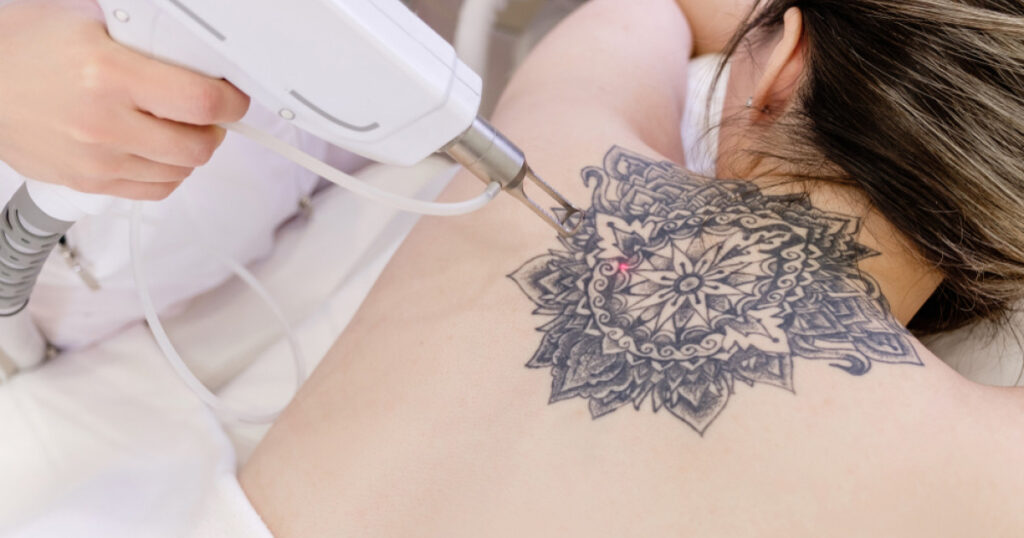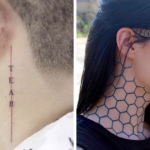You wake up one morning and look at your tribal tattoo, a design you once cherished. But now, it no longer represents who you are. Perhaps it reminds you of a time in your life you’d rather forget. Or maybe you’re just tired of the ink and want a fresh start. If this sounds familiar, you’re not alone.
Tribal tattoos are deeply rooted in cultural history and symbolism, but as time goes on, people change—and so do their tastes. What was once a symbol of pride and strength can sometimes feel more like a burden. But don’t worry—removing that old design is more possible now than ever before.
In this ultimate guide to tribal tattoo removal, we will explore everything you need to know about tribal tattoo removal, from the latest techniques to what you should expect during the process. We’ll also provide actionable tips, real-life case studies, and expert insights to help you make an informed decision.
By the end of this article, you’ll have the knowledge you need to confidently say goodbye to your old tattoo and embrace a new chapter.
Let’s dive in!
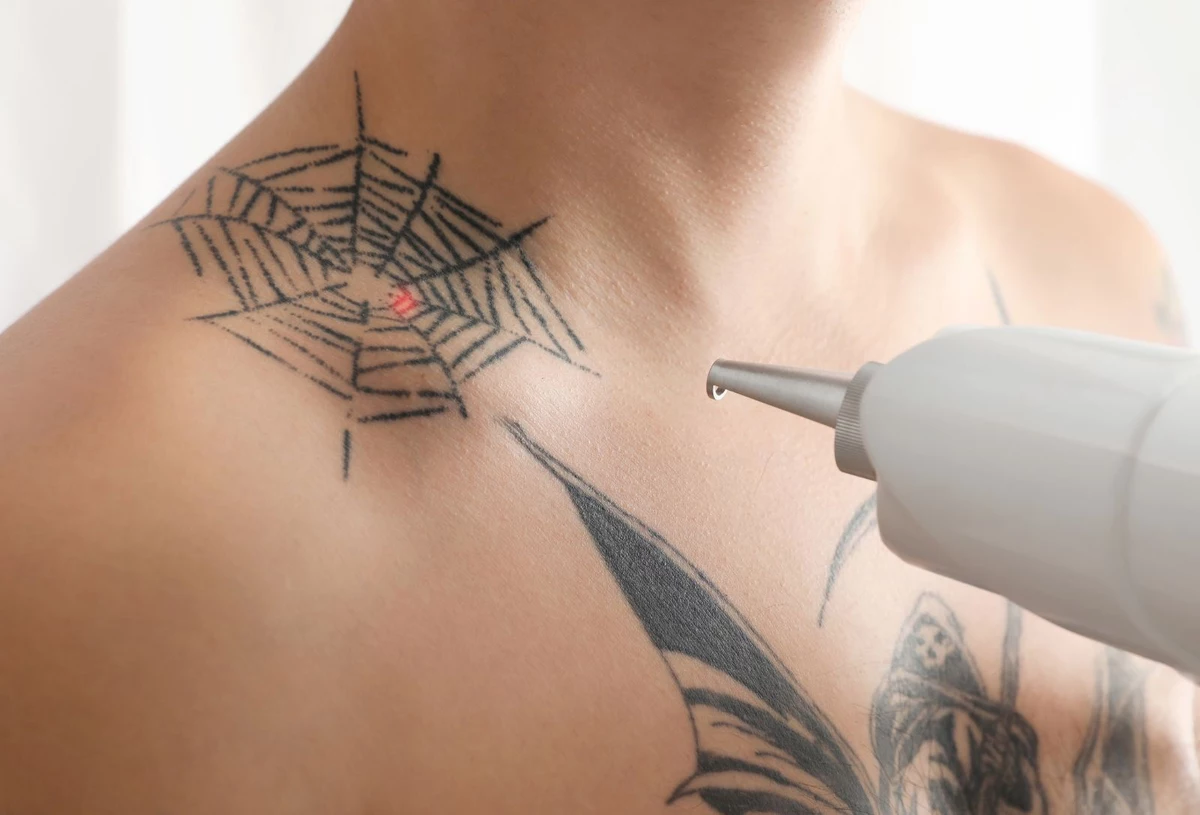
Why Do People Consider Tribal Tattoo Removal?
If you’ve found yourself questioning your tribal tattoo, you’re not alone. A tattoo that once felt like a mark of pride can sometimes become a reminder of a past life that no longer aligns with who you are. But what causes people to seek removal?
Common Reasons for Tribal Tattoo Removal
- Changing Personal Beliefs or Values
Tattoos can represent personal milestones or beliefs, but over time, those values may evolve. A design that once felt empowering may no longer feel relevant to your identity. - Tattoo Fading or Deterioration
Over time, tattoos can fade or blur, especially with older designs like tribal tattoos. The intricate patterns may lose their sharpness, making the tattoo look unappealing or worn. - Professional or Social Pressure
Depending on your career or lifestyle, visible tattoos may no longer be acceptable. Some people seek removal for professional advancement or social acceptance. - Tattoo Regret
It’s natural for some people to experience tattoo regret as they grow older. A tribal tattoo that seemed like a perfect fit at a younger age may feel like a mistake as life circumstances change.
What Are the Best Methods for Tribal Tattoo Removal?
When it comes to removing a tribal tattoo, several methods are available today, each with its own pros and cons. Below are the most common techniques used in tattoo removal, helping you make an informed decision about which method suits you best.
Laser Tattoo Removal
Laser tattoo removal is the most popular and effective method for removing tribal tattoos. Using high-intensity light beams, the laser breaks down the ink particles in your skin. The body then naturally removes these particles over time. Here’s what you need to know about this method:
- Effectiveness: Laser treatment can remove a tattoo in multiple sessions (typically 5–10) depending on the tattoo’s size, color, and depth.
- Pain Level: While the process can be uncomfortable, many find the pain tolerable. Some describe it as the feeling of rubber bands snapping against the skin.
- Healing Time: After each session, there may be swelling, redness, or blistering. Full healing takes several weeks between treatments.
Dermabrasion
Dermabrasion involves sanding or “buffing” away the layers of skin that contain the tattoo ink. This method is less commonly used today due to its invasive nature, but it can be effective for smaller tattoos.
- Effectiveness: Dermabrasion can be effective for removing tattoos, but the results may vary.
- Pain Level: Local anesthesia is typically required, as the procedure can be quite painful.
- Healing Time: Healing can take a few weeks, and there may be scarring if not done correctly.
Surgical Excision
For larger tribal tattoos, surgical excision may be an option. This method involves cutting out the tattooed skin and stitching the area back together. It’s ideal for smaller tattoos that are located in areas where scarring can be hidden.
- Effectiveness: This method guarantees removal but leaves a scar.
- Pain Level: It requires local anesthesia and post-procedure care.
- Healing Time: Full recovery can take several weeks, and scarring is permanent.
Tattoo Removal Creams
Tattoo removal creams are a more affordable and non-invasive option, but they are generally less effective than professional treatments. These creams often contain acids or abrasive ingredients that claim to break down tattoo ink.
- Effectiveness: Results are often minimal, and some people report irritation or allergic reactions.
- Pain Level: This method is pain-free, but irritation may occur.
- Healing Time: The healing time is minimal, but the results are inconsistent.
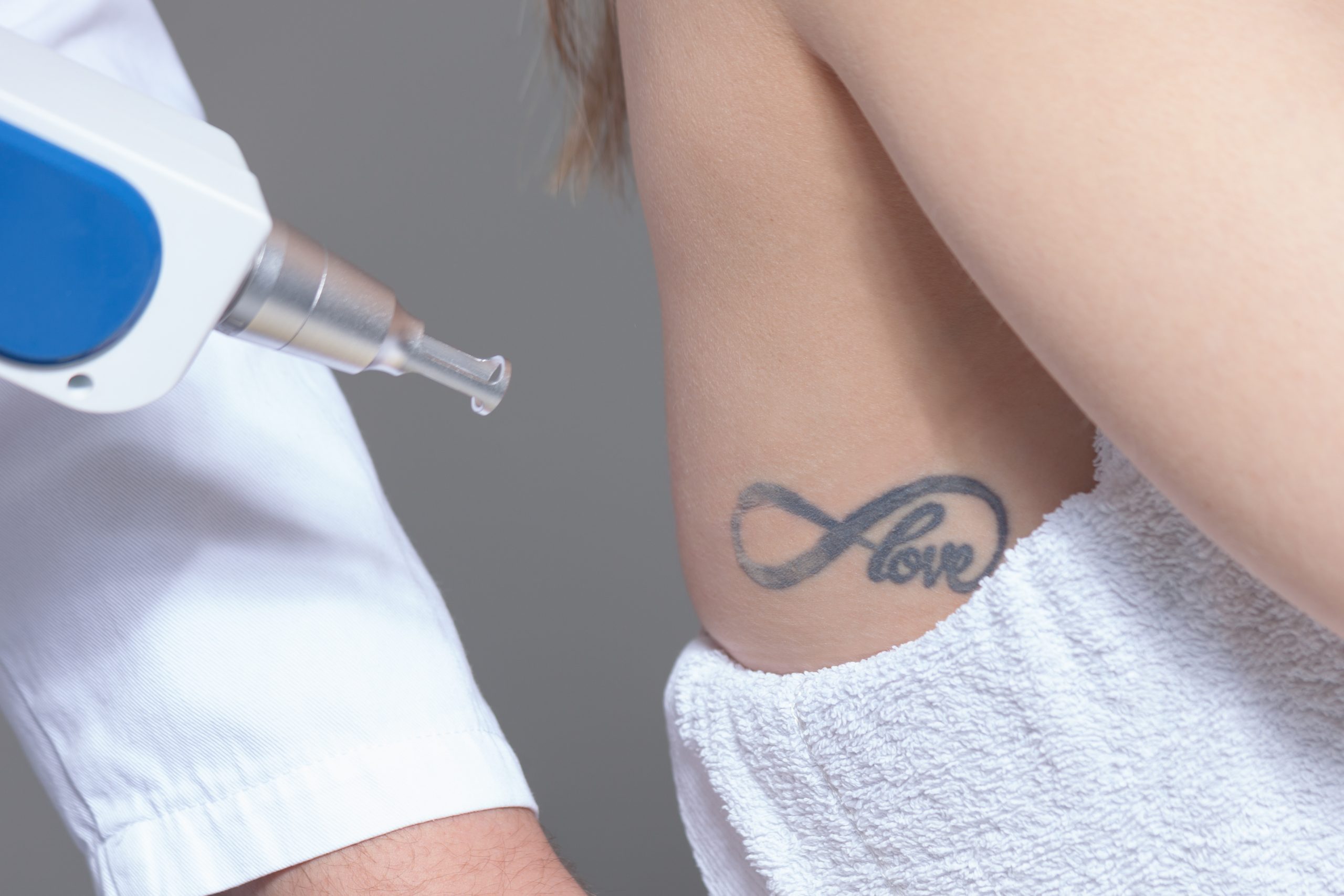
Tribal-Tattoo-Removal
What to Expect During the Tattoo Removal Process
Understanding the process of tattoo removal can help manage expectations. Here’s a breakdown of what to expect during each phase:
Initial Consultation
Before starting the removal process, you’ll need an initial consultation with a professional. They’ll evaluate the tattoo’s size, color, and placement to determine the best removal method. They will also explain the risks and provide guidance on aftercare.
Treatment Sessions
Each session typically lasts between 20 and 30 minutes, depending on the size of the tattoo. The number of sessions required will depend on the tattoo’s complexity. It’s important to space out treatments to allow your skin time to heal between sessions.
Aftercare
After each session, you’ll need to follow aftercare instructions carefully to avoid infection and ensure the best results. This may include applying ointments, avoiding direct sunlight, and wearing protective bandages for a few days.
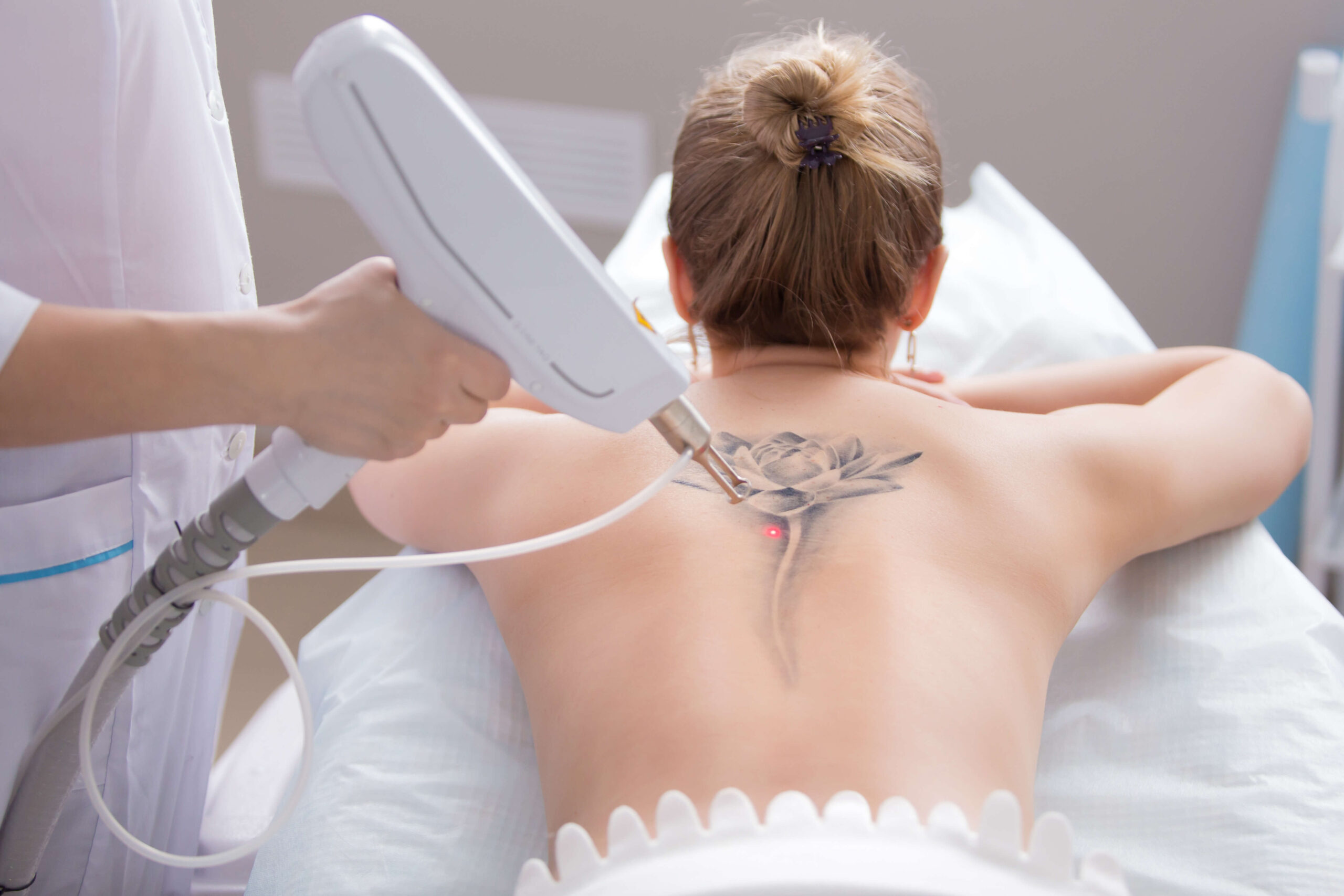
Key Takeaways: Tribal Tattoo Removal
- Multiple Methods Available: There are several effective tattoo removal techniques, including laser treatment, dermabrasion, and surgical excision.
- Pain and Healing Time: Each method has its pain levels and healing times. Laser treatment is the most popular due to its effectiveness and minimal scarring.
- Consult a Professional: Always consult with a licensed professional before undergoing any tattoo removal procedure to ensure it’s the right choice for you.
- Patience is Key: Tattoo removal is not an instant process. Expect to undergo multiple treatments, and allow your skin plenty of time to heal between sessions.
User Experience: Real-Life Stories
When considering tattoo removal, hearing about others’ experiences can be reassuring. Here are a few real-life stories from people who have undergone tribal tattoo removal.
Emily’s Journey: Overcoming Tattoo Regret
Emily, 32, had a large tribal tattoo on her back that she got in her early twenties. Over time, it no longer represented who she was. After researching removal options, she chose laser tattoo removal.
“It wasn’t an easy decision, but it was the right one,” Emily says. “The laser treatment wasn’t painless, but the results have been worth it. I feel free from the past.”
Michael’s Success Story: From Tribal Tattoo to Fresh Start
Michael, 28, had a tribal tattoo on his arm that he had grown tired of. He opted for surgical excision to remove the tattoo completely. The recovery was difficult, but the scar was small and easy to hide.
“Now I have a blank canvas,” says Michael. “I can finally add something that reflects my current self.”
FAQs About Tribal Tattoo Removal
Q1: How much does tribal tattoo removal cost?
Costs can vary based on the size of the tattoo and the method used. Laser treatments typically range from $200 to $500 per session.
Q2: Does tattoo removal leave scars?
There is always a risk of scarring, particularly with methods like dermabrasion or surgical excision. However, laser removal usually results in minimal scarring when performed correctly.
Q3: How long does it take to remove a tribal tattoo?
It can take anywhere from 5-10 sessions, spaced a few weeks apart, to completely remove a tribal tattoo, depending on its size and color.
Conclusion: Embrace Your Fresh Start
In conclusion, removing a tribal tattoo is more possible now than ever before. With various options available, from laser treatments to surgical excision, there’s a method to suit your needs. Remember, tattoo removal is a journey that requires patience, and the results can be life-changing. If you’re ready to say goodbye to your old designs and start fresh, consult with a professional today.
If this guide has helped you, please share it with others who might benefit from this information. Have questions or experiences to share? Drop a comment below—we’d love to hear your story!
Final Thoughts
Saying goodbye to an old tattoo can feel like shedding the skin of your past. It’s a brave step forward, a declaration that you are evolving and embracing a new version of yourself. Whether you’re removing a tribal tattoo for personal growth or professional reasons, remember that this journey is all about reclaiming your story.
Don’t let a tattoo hold you back from living your best life. Share this guide with someone who’s ready to begin their own transformation!

